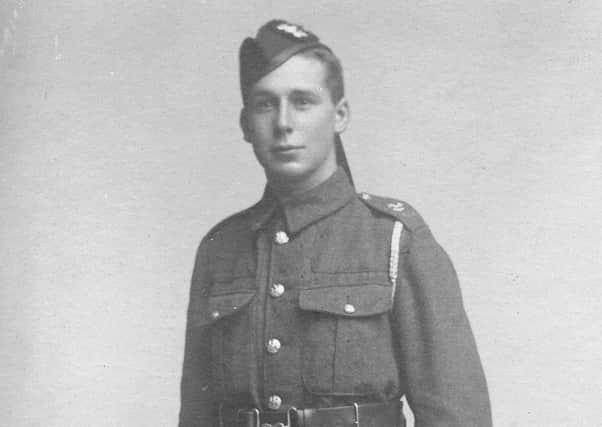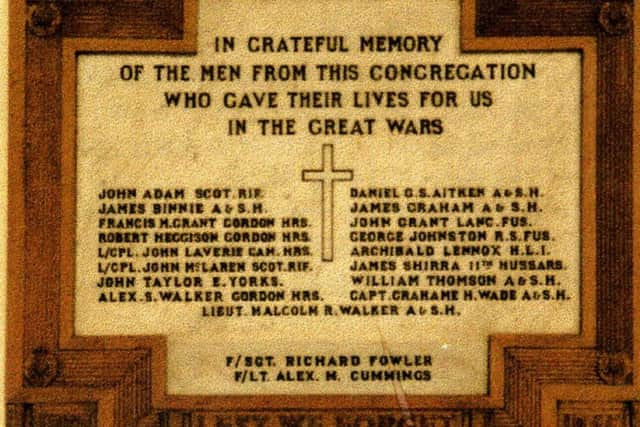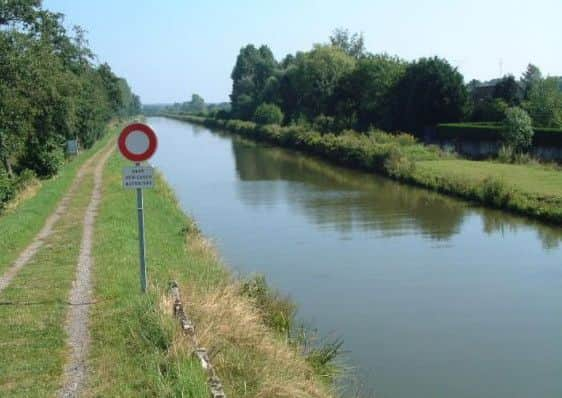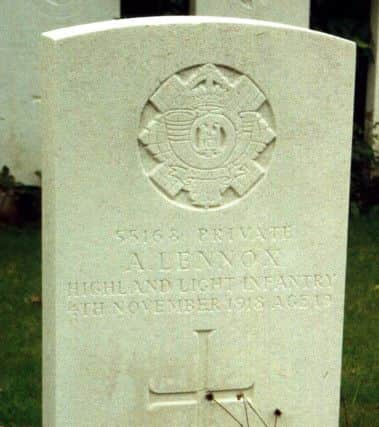Remembering the last man from Larbert to die in the Great War


The story of the Lennox brothers has been researched in depth by local man James Reid, who early next month will make a pilgrimage to France to pay his respects to his Great Uncle – who was killed in action, aged just 19.
Brothers John (eldest), Alexander and Archibald (Archie) lived with their parents John and Janet in McKay Place, Stenhousemuir, and all three joined up in 1914, although not at the same time.
Advertisement
Hide AdAdvertisement
Hide AdIn fact John had already joined in 1909, only to buy himself out for £10 shortly afterwards, but when war came in 1914 he joined the Argylls.


Alex enlisted in September of that year, and was serving on the Western Front by 1915.
Archie, the youngest, enlisted in the famous Glasgow-based Highland Light Infantry – in a battalion formed mainly from former members of Glasgow Boys Brigade.
His was a pioneer unit, and it was attached to a unit of the Royal Engineers.
The three young men met very different fates.


Advertisement
Hide AdAdvertisement
Hide AdRecords researched by Mr Reid show that John had succumbed to trench fever, aggravated by the effects of gas. but was finally discharged from the army fit and healthy – five months after the end of the war.
He returned to his former job as an iron fitter with the Carron Iron Works, married Catherine Baxter and had three children, passing away in 1967 - he was the luckiest of the three.
Alex also joined the Argylls’ 7th Battalion, and was at the Front in October 1915.
By the end of the war his injuries had included a gun shot wound in his left leg, and in May 1918 he was gassed no less than three times.


Advertisement
Hide AdAdvertisement
Hide AdThe records are fragmented, but it seems he served in the front line, possibly in the Second Battle of Ypres.
He had joined the Argylls a private and left as a corporal, but although he returned to his job as a moulder at the Carron works he never recovered from those gas poisonings – as noted on his death certificate when he died in 1949.
Archie, meanwhile, never turned from France.
On November 4, 1918, his battalion was building bridge crossings of the Sambre-Oise Canal under heavy fire, and although initially successful the bridges were destroyed (by artillery?) and had to be built all over again – once more under withering enemy fire.
It was during this critical operation that 13 men of 16th battalion, the HLI, lost their lives, and one of them was Archie.
Advertisement
Hide AdAdvertisement
Hide AdHe is buried in Ors British Cemetery less than 100 metres from the West bank of the canal, between the two bridging points.
Mr Reid said: “It is quite sad to see so many young men cut down so close to the end of the war.
“Archie’s will was written on November 29 1917, while stationed with 51st Bn. HLI Training Reserve at Cromer, on a standard issue Amy form. He left his possessions to his father”.
Archie was the last soldier from the Parish of Larbert to die in action during the war.
He is commemorated on the Larbert War Memorial, in front of the Dobbie Hall, and on the War Memorial inside Larbert West Parish Church, where his family worshipped.